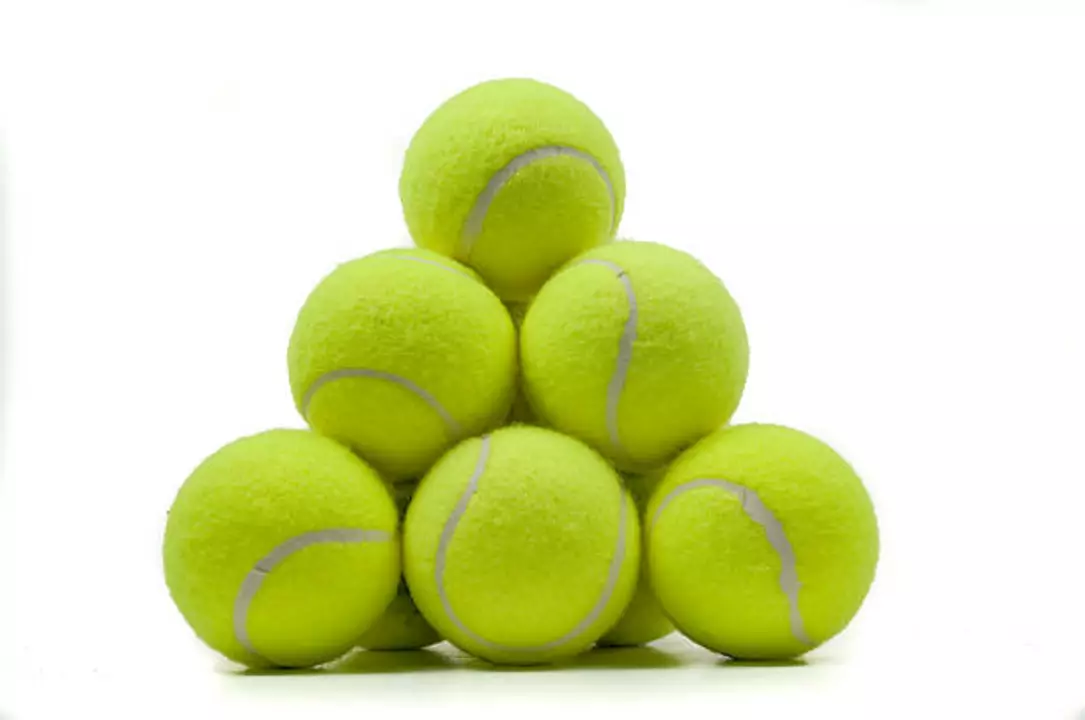
When did tennis balls become yellow?
A Historical Look at the Evolution of Tennis Balls: From White to Yellow
Tennis is a beloved sport, with a history that dates back centuries. The tennis ball has been an integral part of the game since its inception, though its design and composition has changed drastically over the years. One of the most well-known changes is that tennis balls have gone from being white to being yellow. Here, we take a look at when and why this change occurred.
Tennis balls were originally made from cloth stuffed with wool, hair, or feathers. These balls were white in color and were often used with a wooden or leather racquet. It was not until the late 19th century that rubber began to be used to make tennis balls. The use of rubber allowed for a much more consistent bounce and a longer lifespan. Still, the balls remained white.
This all changed in 1972, when the International Tennis Federation (ITF) introduced a rule that all competitive tennis balls must be yellow. The reasoning behind this was that yellow balls were easier to spot on the court than white ones, particularly in outdoor matches played in bright sunlight. This rule has been followed ever since, and these days, almost all competitive tennis balls are yellow.
Since 1972, some manufacturers have attempted to make white tennis balls, but these are not used in competitive matches. White balls are now rarely used at all, and are mostly used in recreational games. This is because they are not as visible as yellow balls, and they may not conform to the rigorous standards set by the ITF.
Today, most tennis balls are made of synthetic rubber, felt, and nylon. The core of the ball is made of rubber, which is covered with felt or nylon. This allows for a consistent bounce and a longer lifespan. In addition, the felt or nylon helps to protect the core from becoming damaged and helps to contain the core in the event of an impact.
The evolution of tennis balls from white to yellow is an interesting one, and it has drastically changed the way that competitive tennis is played. While white balls are still used in recreational matches, competitive matches are now played with yellow balls, which are designed to provide an optimal playing experience.
Exploring the Fascinating Story Behind the Change from White to Yellow Tennis Balls
Tennis balls have been a part of the game of tennis since it was first played in the 16th century. Though the game has evolved significantly since then, one thing has remained the same - the color of the balls. For centuries, the traditional color of a tennis ball was white. But then, sometime in the mid-1970s, the color changed to yellow. What made this happen and why? Let's take a look at the fascinating story behind the change from white to yellow tennis balls.
The Origins of White Tennis Balls
White tennis balls have been around since the sport was invented in the 1500s. The balls were made of leather and filled with wool or cloth. The white color was thought to be more visible against the green grass courts. As tennis grew in popularity, manufacturers began experimenting with different materials and colors, but white remained the standard color.
The Need for Change
As tennis technology improved, the need for a more visible ball became apparent. The traditional white balls were difficult to spot against the green grass, particularly when it was in motion. The problem was most noticeable on television, where viewers often had trouble following the ball. This led to the search for a new color that would be easier to see.
The Introduction of Yellow
In the mid-1970s, the International Tennis Federation (ITF) decided to change the color of the official tournament ball from white to yellow. The yellow color was chosen because it was more visible against the green background of a grass court. The new balls were also made of a different material, which made them more durable and able to withstand the rigors of professional tennis.
The Impact of Yellow Tennis Balls
Since their introduction, yellow tennis balls have become the standard in professional tennis. This change has made the sport more enjoyable to watch, as viewers can now easily follow the ball during play. It has also made the game more exciting, as players can now hit shots with greater accuracy and power than ever before. Additionally, the use of yellow tennis balls has led to an increase in the popularity of the sport.
When Did Tennis Balls Become Yellow?
The exact date when tennis balls changed from white to yellow is not known, but it is believed to have happened sometime in the mid-1970s. The International Tennis Federation (ITF) is thought to have been responsible for the change, as they wanted a more visible ball for professional tournaments. The yellow color was chosen because it was more visible against the green background of a grass court. Since then, yellow tennis balls have become the standard in professional tennis.
The Rise of the Yellow Tennis Ball: A Timeline of Events
Tennis has been a popular sport for centuries, but it wasn't until the 19th century that the iconic yellow tennis ball was introduced. Here's a look at how the yellow tennis ball became the standard for the game.
1840s: Early Tennis Balls
Tennis is believed to have originated in France in the 12th century, but it wasn't until the 1840s that the sport began to be played with rubber-covered balls. At the time, the balls were usually white, and were made from a combination of rubber and cloth. They were often filled with horsehair or wool and were very hard to control.
Early 1900s: A Shift to Celluloid Balls
In the early 1900s, tennis balls began to be made from celluloid, a flammable material derived from nitrocellulose. The celluloid balls were much easier to control and were much less likely to burst than the rubber-covered balls. They were usually white or pale yellow.
1920s: The Introduction of Slazenger Balls
In the 1920s, the British company Slazenger began to produce tennis balls. Slazenger balls were made from rubber and filled with cork, and they quickly became the standard for the game. The first Slazenger balls were white, but they soon began to be produced in yellow, orange and green.
1940s: Yellow Becomes the Standard
By the 1940s, yellow had become the standard color for tennis balls. The yellow color made the balls easier to see, and they were also less likely to fade in the sun. Slazenger was the most popular brand of tennis ball and their yellow balls were used at all major tournaments.
1960s: The Introduction of Pressurized Balls
In the 1960s, pressurized tennis balls were introduced. This new type of ball was made from a synthetic rubber core, which was covered with a felt material. The felt allowed the ball to bounce higher and to travel further. Pressurized balls became the standard for the game and were used by all major tournaments.
1980s: High-Tech Balls
In the 1980s, the technology behind tennis balls began to advance. High-tech balls were introduced which were made from a combination of rubber, cloth and plastic. The new balls had a longer lifespan and were more resilient to wear and tear. The balls were still usually yellow, although some manufacturers began to produce brighter colors.
Today: Modern Balls
Today, tennis balls are made from a variety of materials and come in a range of colors. Most professional tournaments and leagues still use yellow balls, although some tournaments have introduced balls in other colors. The modern tennis ball is much more durable and can last up to three times longer than the balls of the past.
What’s the Difference Between White and Yellow Tennis Balls?
For many years, tennis balls were white. But in 1972, the International Tennis Federation officially adopted yellow tennis balls for all official tournaments. Since then, yellow has become the most popular color for tennis balls. But why? What’s the difference between yellow and white tennis balls?
Visibility
Yellow tennis balls are easier to see than white tennis balls. The yellow color stands out against the background, making the ball easier to track and the game more enjoyable to watch. This improved visibility is why yellow tennis balls are now the standard in professional tennis.
Durability
Yellow tennis balls are also more durable than white tennis balls. This is because yellow tennis balls are made with a thicker felt, which helps them last longer during intense matches. The extra durability also helps keep the ball from losing its bounce over time, so you can enjoy a more consistent game.
Glow Effect
Finally, yellow tennis balls have a unique “glow” effect. When the ball is hit, the yellow color creates a bright, fluorescent effect that players find visually appealing. This effect is especially noticeable in low-light conditions, making the game more enjoyable for players and spectators alike.
Conclusion
So, when it comes to tennis balls, yellow is the way to go. The bright color makes the ball easier to track, and the thicker felt makes it more durable. Plus, the “glow” effect creates a visually appealing experience that players and spectators can appreciate. So, if you’re looking for a more enjoyable game, yellow tennis balls are the way to go.
The Color Yellow: How It Became the Standard for Tennis Balls
Tennis has been a sport since the mid-1800s, and since then, the ball has gone through some changes. But why are most tennis balls yellow? How did the color yellow become so closely associated with the sport?
The Origins of Tennis Balls
At the dawn of the sport, tennis balls were actually white. This was mainly because the majority of balls used in sports were white. As the sport of tennis grew in popularity, however, the need for a more visible ball became apparent. So, in the 1930s, the ITF (International Tennis Federation) began experimenting with different colors. At the time, the most popular colors were white, green, and red.
However, none of these colors really stood out, so the ITF had to continue experimenting. Eventually, they settled on yellow as the most visible color, and in 1972, the ITF officially adopted yellow as the standard color of tennis balls.
Why Yellow?
Yellow was chosen as the standard color for tennis balls because it is the most visible color in the spectrum. This makes it easier for tennis players to track the ball while they are playing. Additionally, yellow is also associated with energy, which is a key element of the sport. The vibrant color helps to increase the energy and excitement of the game.
In addition to being the most visible color, yellow is also associated with the sun. This makes it a fitting color for a sport that is typically played outdoors in the sunshine. The association with the sun is also why yellow is a popular color for tennis apparel, such as shirts and shorts.
The Evolution of the Tennis Ball
In addition to changing the color of the ball, the ITF has also made other changes to the ball over the years. For example, in 1972, the ITF changed the size of the ball from 65-67 mm to 68-70 mm. This change was made to make the ball easier to hit, which resulted in longer rallies and more exciting matches.
In addition, the ITF also changed the construction of the ball. In the past, tennis balls were made from rubber, cloth, and felt. Now, however, the majority of balls are made from a synthetic material known as polyurethane. This material is more durable and provides a consistent bounce, resulting in more consistent play.
Conclusion
The color yellow has become closely associated with tennis, but it wasn't always this way. In the 1930s, the ITF began experimenting with different colors in an effort to find the most visible color. After testing different colors, the ITF ultimately decided to adopt yellow as the standard color of tennis balls. The color yellow was chosen because it is the most visible color in the spectrum, and it is also associated with energy and the sun. In addition to changing the color of the ball, the ITF has also changed the size and construction of the ball over the years. These changes have resulted in a more exciting and dynamic sport of tennis.
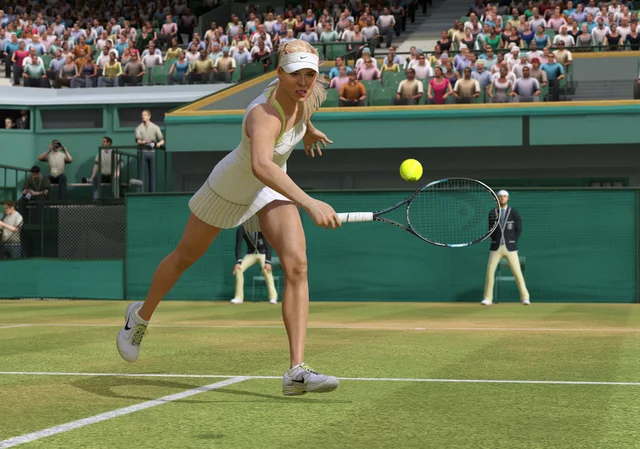
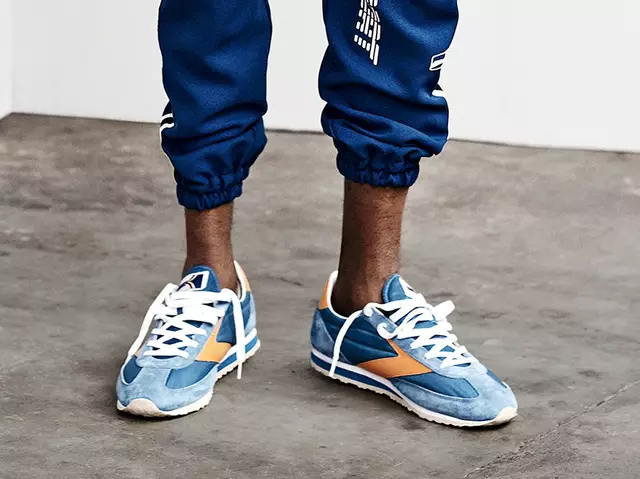
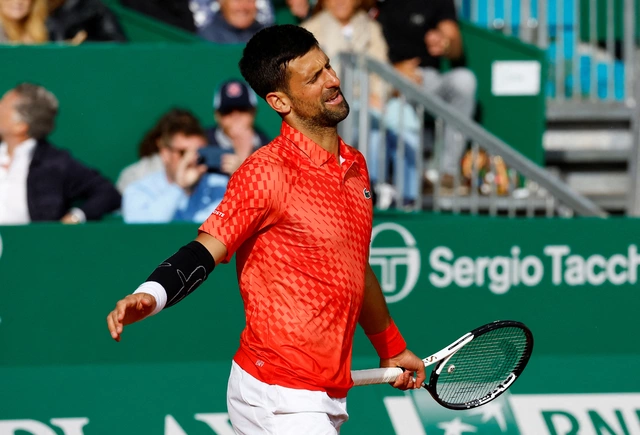
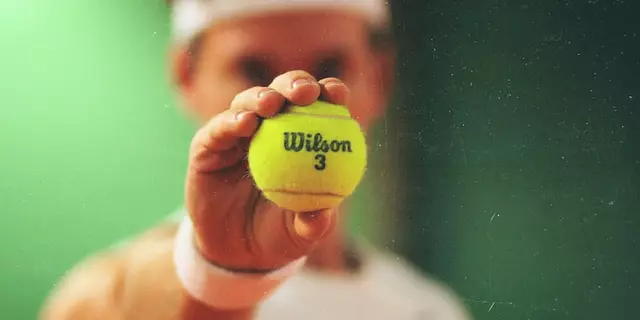
Written by Griffin Callahan
Hi, I'm Griffin Callahan, a sports enthusiast with a particular expertise in tennis. I've dedicated years to studying the game, both as a player and an analyst. My passion for tennis has led me to write extensively about the sport, covering everything from player profiles to match analyses. I love sharing my knowledge and insights with fellow tennis fans, and I'm always eager to engage in discussions about the sport we all love.
All posts: Griffin Callahan